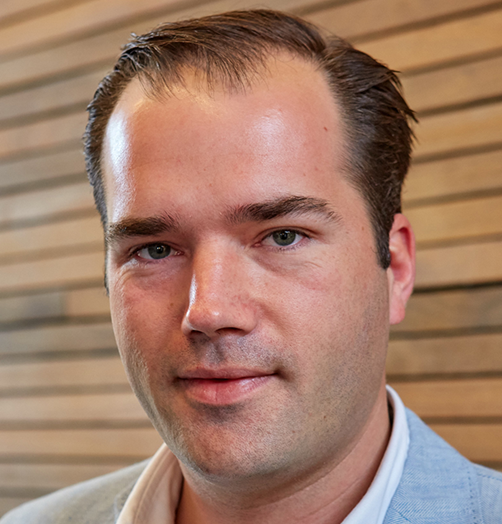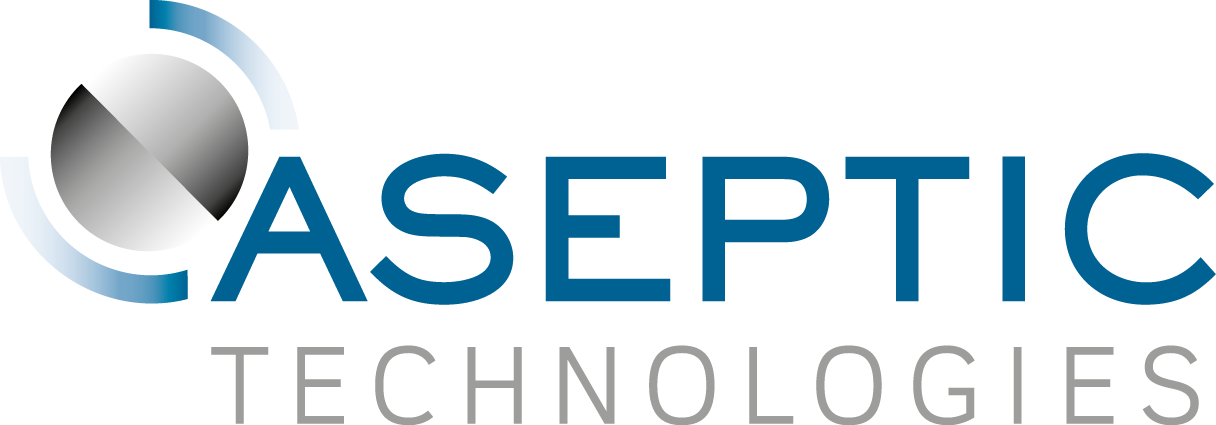Finishing strong: evolving fill and finish technology for the cell and gene therapy field
Cell & Gene Therapy Insights 2021; 7(5), 605–609
10.18609/cgti.2021.082
Q Why do you feel evolution in fill-finish technology is required for the cell and gene therapy space? What are the key drivers at the strategic level?
J-SP: The most important factor here is the necessity of reducing the cost of goods of these therapies, to allow broader access to patients. Fill and finish has a role to play in that goal, as it is an important step in the manufacturing of the finished drug product.
Q … and at the operational level?
J-SP: Fill and finish for cell and gene therapy has some specificities. The most important, of course, is the fact that you need a final container that is compatible with cryoprotectant, as most of these products will be formulated with a cryoprotectant.
You have to ensure that the container will provide an uncompromised container closure integrity during storage, which is mostly at -70°C , or in the vapor phase of liquid nitrogen.
Because of the use of cryoprotectant, there is a limited time window between final formulation and freezing. This means the fill and finish should be done fairly rapidly. You have to have a relatively high output of your equipment, even though the total batch may be small.
Formulation with cryoprotectant also affects the product at room temperature, so you also have to have a process which is extremely robust, in order to ensure that as soon as you start production you will be able to run it smoothly until your batch is completed.
Q ... and finally, at the technical level?
J-SP: The price of these drug products remains very high, and there are various aspects that need to be managed to avoid losing this extremely high-value product.
If possible, you should aim to:
- Limit overfill in the container, which is possible if your container allows complete collection of the product out of it at the clinical site.
- Reduce the dead volume in the drug product path – meaning the holding container, the tubing, and all of these elements of your equipment.
- Move towards zero-defect production, as you want to avoid any rejection during your batch.
Q Why is it especially important to have an integrated or automated fill-finish solution?
J-SP: Reproducibility during a batch is key – it has to be completely homogenous. Between batches you also need consistent production, and therefore you want to avoid operator-dependent factors.
The main risk factor for contamination during a production is the operator. You want to limit human interaction and interventions. Having an automatic fill and finish solution will also enable you to validate your critical process parameters, and to run those during all your subsequent batches.
Q Can you tell us specifically about the utility and value of having a built-in weighing device for the CGT field?
J-SP: We are bringing a solution of having 100% in-process control of weight, so that we weigh the vial before and after filling. By doing so we make sure that all the vials are within specifications.
By having very accurate weighing, and doing it on each and every vial, you will have very accurate filling throughout a batch. Because you weight 100% of your containers, that will also allow the equipment to do self-dose recalibration throughout the batch.
Q How are you responding to growing calls from the industry for enhanced configurability of bioprocess steps and devices?
J-SP: Aseptic Technologies has been active in the field since 2009, so we have a lot of experience and a comprehensive understanding of the industry needs.
We are a solution-oriented company, and flexible to implementing new systems and processes our customers are willing to integrate. We are working with all of our users, who number more than 350 today, to understand their needs and to validate new concepts with them.
Q What key trends do you anticipate for cell and gene therapy manufacture, and how is Aseptic Technologies innovating to accommodate those?
J-SP: As I mentioned earlier, the most important issue is cost of goods reduction, so that cell and gene therapies can be offered to a wider patient base. Cell and gene therapy needs to become a commodity. We are working with our customers so that we can reduce cost of goods with them.
In terms of future developments, we are also working on drug product homogenization. This has been requested by many of our users, and so we are working with them to develop a device for this.
Q You have seen an exponential growth of users – how do you explain that trend?
J-SP: We have been active in the field since 2009 – so almost from the beginning. We are gaining experience every day by working with our users to improve our solutions, and develop new ones where needed.
Most importantly, our technology is the AT-Closed Vial, which ensures 100% container closure integrity at temperatures of -70°C, or even lower in the vapor phase of liquid nitrogen. This solution is very easy to implement in the early phases of drug development, and by design is ready to be scaled up as needed towards commercial productions of these drugs.
Affiliation
Jean-Sebastien Parisse
Aseptic Technologies
Authorship & Conflict of Interest
Contributions: All named authors take responsibility for the integrity of the work as a whole, and have given their approval for this version to be published.
Acknowledgements: None.
Disclosure and potential conflicts of interest: The authors declare that they have no conflicts of interest.
Funding declaration: The authors received no financial support for the research, authorship and/or publication of this article.
Article & copyright information
Copyright: Published by Cell and Gene Therapy Insights under Creative Commons License Deed CC BY NC ND 4.0 which allows anyone to copy, distribute, and transmit the article provided it is properly attributed in the manner specified below. No commercial use without permission.
Attribution: Copyright © 2021 Aseptic Technologies S.A. Published by Cell and Gene Therapy Insights under Creative Commons License Deed CC BY NC ND 4.0.
Article source: Invited.
Revised manuscript received: May 19 2021; Publication date: May 25 2021.


